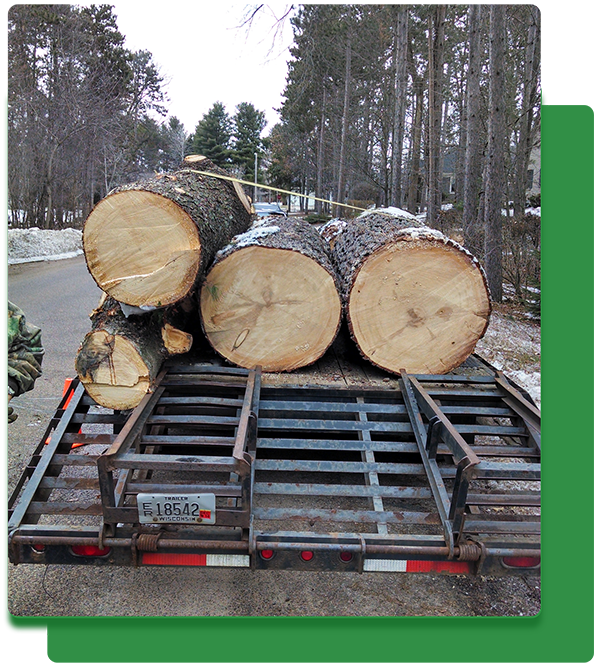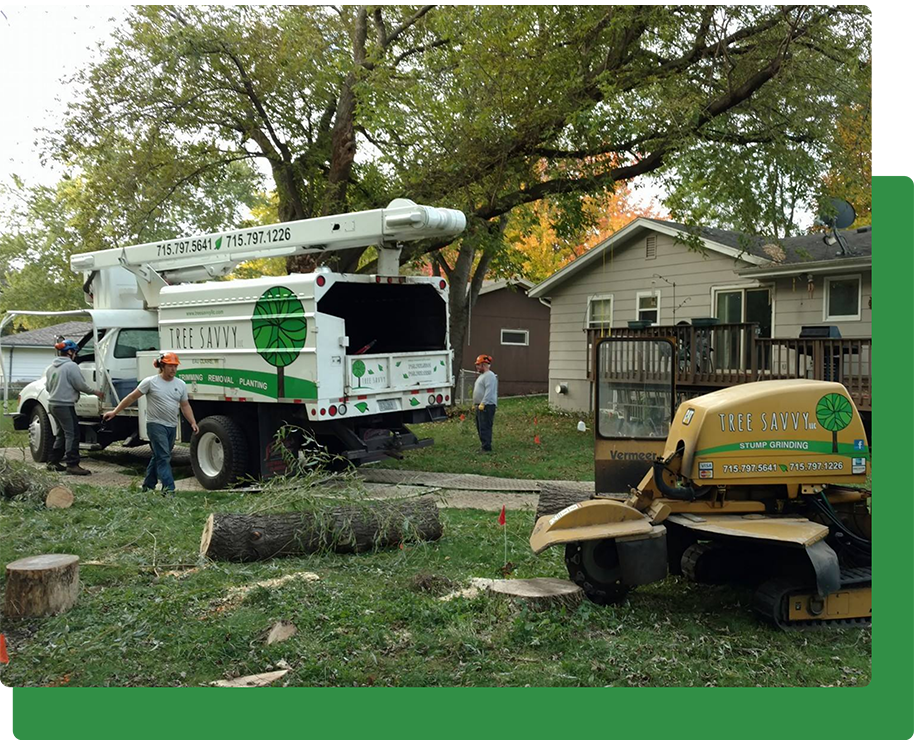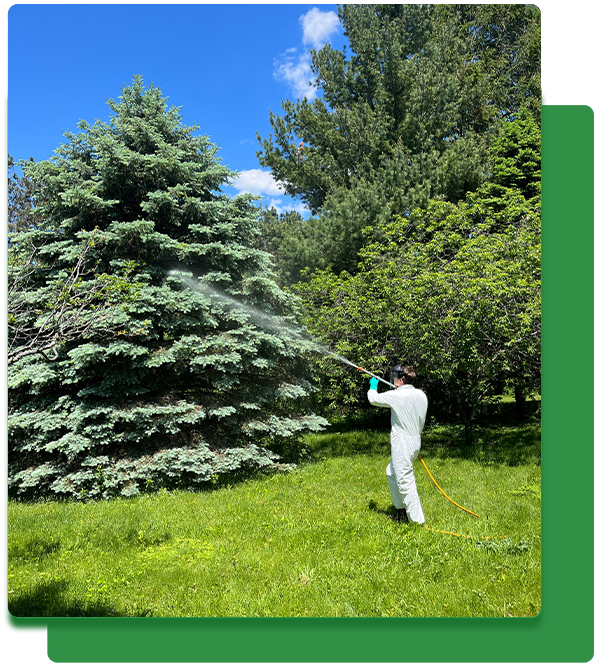
Diplodia Tip Blight
Diplodia Tip Blight, formerly known as Sphaeropsis Tip Blight, is a common yet serious foliar fungal disease found in over 20 species of Pine trees. In our area, the disease is most severe in 2 and 3-needle Pine trees such as Austrian, Scots, and Mugo Pine. The disease is more common in trees 15 years and older, and has the most severe impact on trees older than 30 years. These trees are often stressed and/or weakened due to other environmental factors, thus making them more prone to worsening disease effects.
The fungus responsible for the disease, Diplodia pinea, overwinters in the fruiting bodies in infected cones, shoots, and needles. During wet and windy springtime conditions, the fungal spores spread to nearby needle shoots (candles) and quickly cause necrosis. Once the fungus penetrates the plant, it quickly spreads throughout the needles, stem, and into other nearby needles. The disease kills the current year’s needles several weeks after infection, and fruiting bodies appear at the base of the dead needles in the fall. Second-year seed cones are infected in late May or early June and also serve as a reservoir of future inoculum.

Signs of Damage
The symptoms of Diplodia Tip Blight are similar to many other fungal diseases, and include:
- Brown needles at the end of the current year’s growth
- Browning needles start on the lower branches and move up the tree as the disease progresses
- Stunted new growth turns yellow and then tan or brown
- Resin can be seen dripping from cankers (localized lesion/infection) at the base of new shoots in Spring
- Small, black fruiting bodies may be seen at the base of the diseased needle

Means of Mitigation
While Diplodia Tip Blight can affect healthy trees, it thrives on trees that are under stress from drought, soil compaction, mechanical damage, and other abiotic factors. With that in mind, it is important to treat the disease directly while simultaneously promoting the overall health and vigor of the tree. It is also encouraged to preventatively care for other asymptomatic trees in close proximity to an active infection. Chemical treatments to help combat and prevent future infection include:
- Fungicide foliar spray (Junction) performed three times annually
- Soil-applied growth regulator (Cambistat) to improve fine root development, drought tolerance and overall tree health. Cambistat also has fungistatic properties that have a direct effect on fungal diseases
Note: Once a tree begins to show signs of a Diplodia Tip Blight infection, it is often too late in the season to treat with a fungicide foliar spray. A treatment should be scheduled for the following Spring prior to new needle emergence, while other forms of mitigation are performed immediately.
Other mitigation practices to help prevent continued and additional infection include:
- Watering during drought
- Mulching 2-4 inches of wood chips or shredded bark under the drip line
- Minimizing damage to the root zone that could cause root injury and stress
- Removing any fallen needles, twigs, and cones
- Prune off infected branches during dry periods in early spring or fall
- Avoid planting susceptible Pine species
